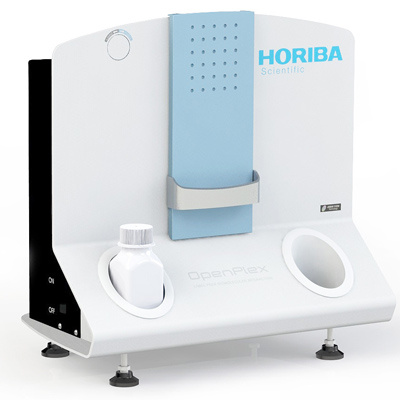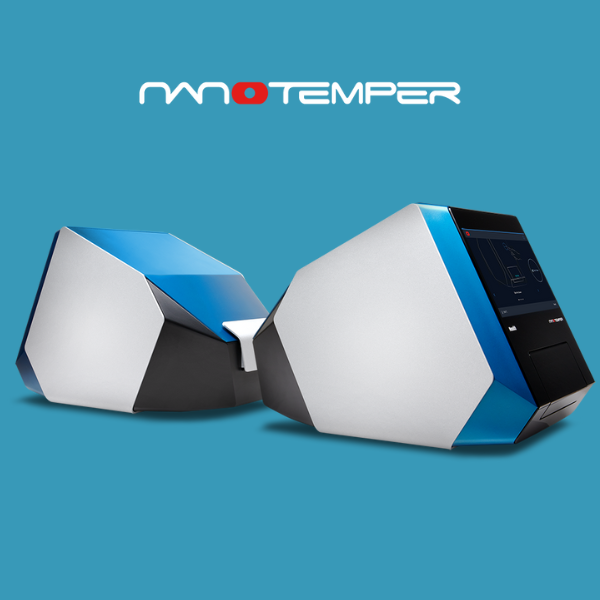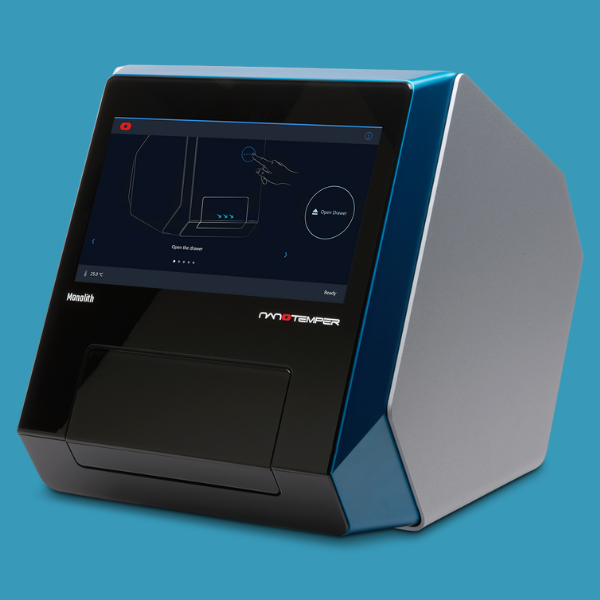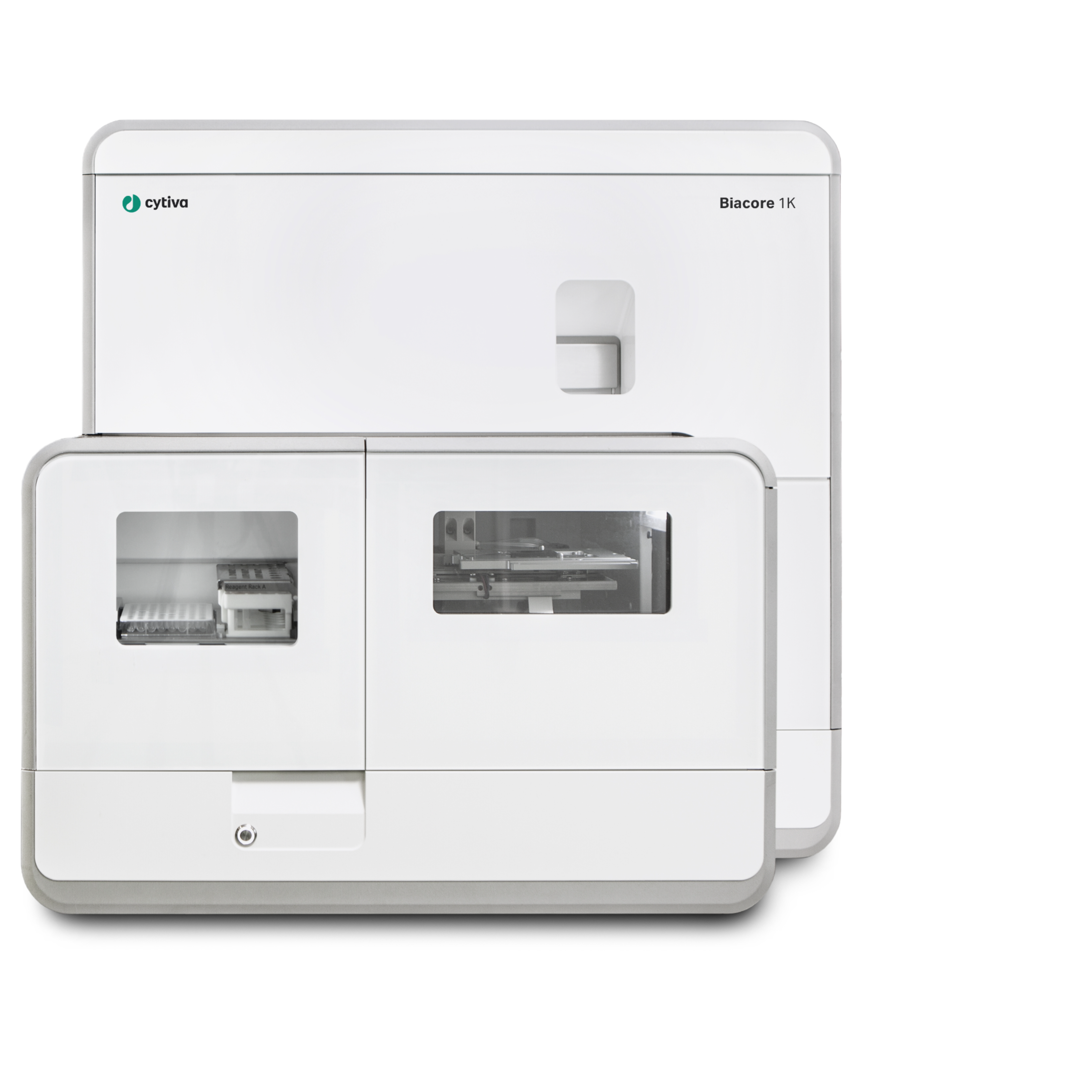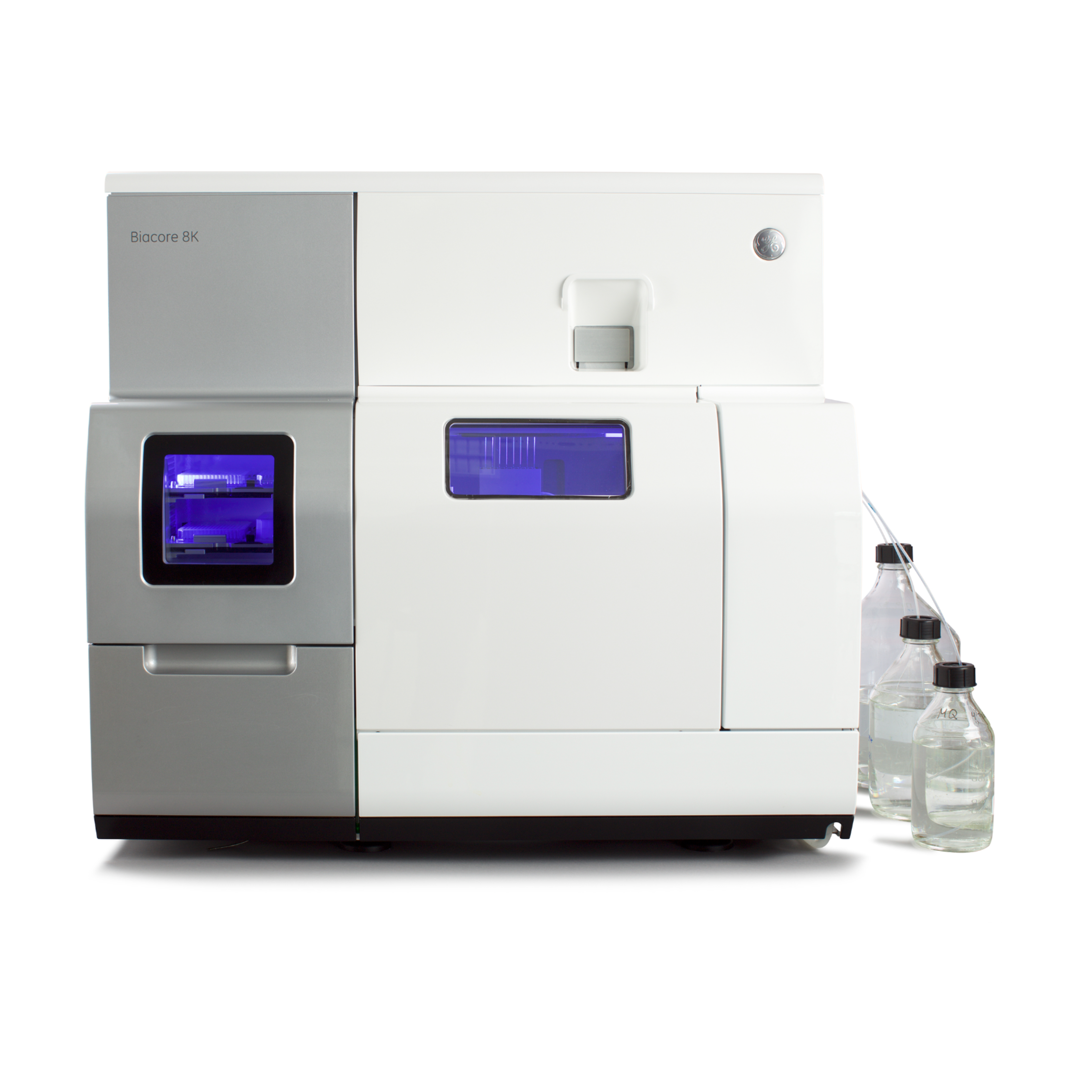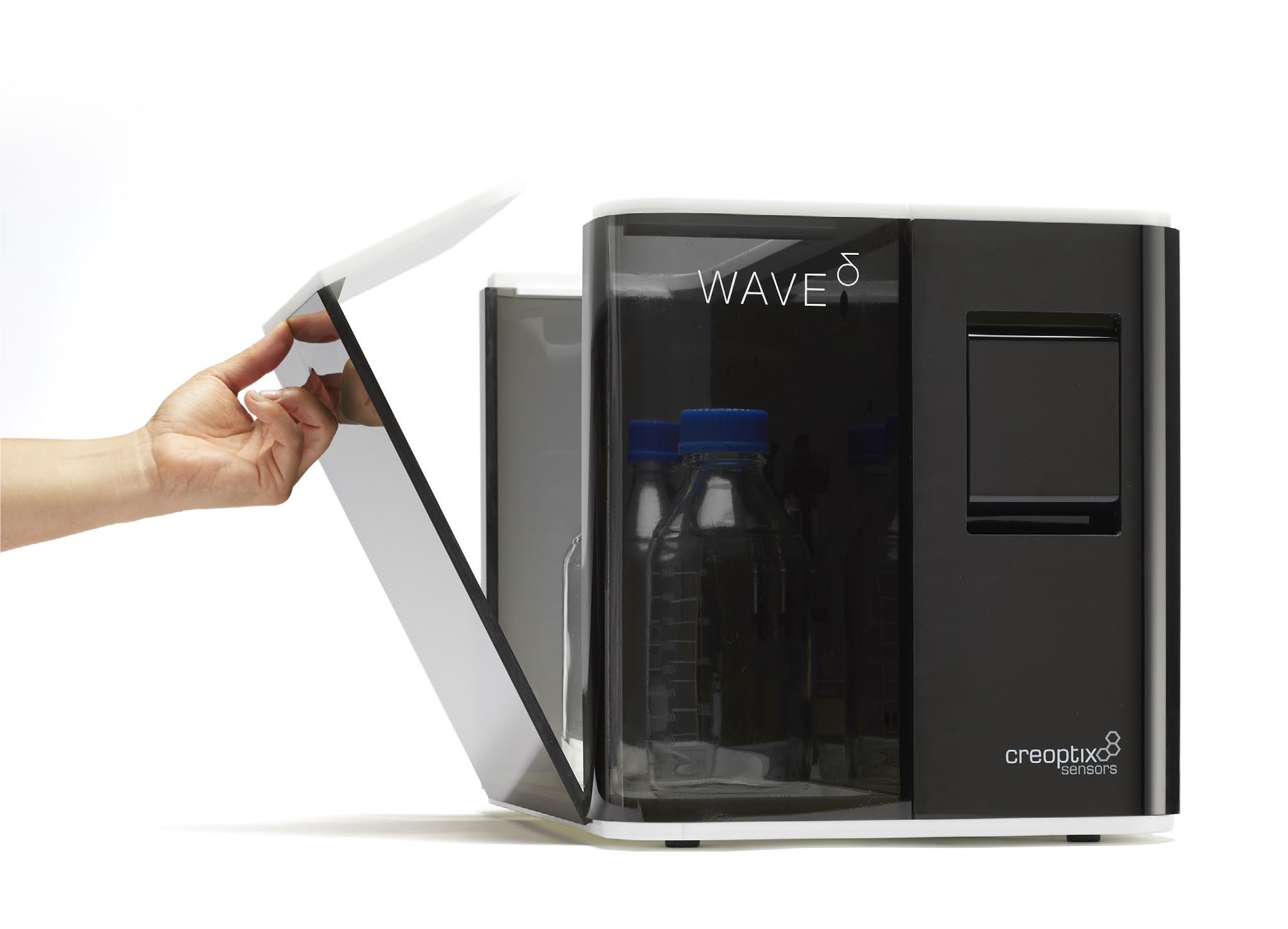方案详情
文
We demonstrate here that the SPRi technology developed by Genoptics is thoroughly suited to detect small molecules, such as biotin, with molecular weights below 500 Da. Biotin captured on pyrrole-streptavidine spots and electro-grafted on SPRi-Biochip is specific and shows the high sensitivity of our SPRi technology instruments.
方案详情

Scientific SPRi& Life SciencesApplication Note SPRi-0809.8-v1.1- Page 2 HORIBA SPRi & Life Sciences Detection of Small Molecules on Pyrrole-Streptavidin Biochip We provide high performance instrumentation based on Surface Plasmon Resonance ima-ging (SPRi) technology to the pharmaceutical industry,biotech companies and academic re-search laboratories. In the process of measuring biological interactions by SPRi technology, there is a high de-mand for the detection of small molecules (molecular weight<1000 Da). We show here thatour technology is able to detect molecules with molecular weights as low as 244 Da. Introduction The biological interaction chosen for this experiment is thestreptavidin/biotin model. Streptavidin conjugated to a pyrrolemolecule is electro-copolymerised on the gold surface of a bio-chip. The biotin is then captured on the biochip due to thestrong streptavidin-biotin affinity Materials and methods SPRi-BiochipTM functionalization Preparation and immobilization of pyrrole-streptavidin andpyrrole-mouse lgG conjugates Streptavidin is conjugated with pyrrole-NHS in a phos-phate buffer saline for 2 hours at room temperature. Atthe end of the process, pyrrole-streptavidin conjugate isdesalted in a phosphate buffer containing 50 mM PO4,50 mM NaCl, 10 % glycerol. .Mouse lgG spots at 12 pM.Streptavidin spots at 12 pM.Mouse lgG spots at 8 pM.Streptavidin spots at 8 pM.Mouse IgG spots at 4 uM.Streptavidin spots at 4 pM Figure 1: Image of the Biochip TM The negative control (mouse lgG) is conjugated withpyrrole-NHS in the same way as streptavidin. The spotting solutions (phosphate buffer with 10%glycerol)contained 20 mM free pyrrole and streptavidin or mouselgG antibodies at 12 pM, 8 pM and 4 pM. The grafting of thebiomolecules on the SPRi-BiochipTM was carried out by anelectrochemical process. For polymerization of pyrrole-antibodies and pyrrole-streptavidin copolymer, an electricalpulse (2V for 100 ms) was generated between the workingelectrode (prism gold surface) and the counter electrode(located in the arrayer pin). The tip was rinsed with distilledwater after each spotting. SPRi experiment After its functionalization, the biochip was introducedinto the SPRi instrument. The running buffer was 10 mMPBS. Injected solution Biotin, diluted at 20 ng/mL in the running buffer (10 mMPBS), was injected on the flow cell and interaction on thespots could be monitored in real time without labelling. Results and discussion SPRi quantification of small molecule bindingon the biochip Interaction curves Figure 2 represents interaction curves on streptavidin spots after injection of 20 ng/mL biotin. Specific interactions are observed between streptavidinand the injected biotin whatever the spotting concentra-tion of streptavidin. There is no significant interaction si-gnal onthe rmlgG spotswhatevertheir spottingconcentration. Streptavidin spotted at 8 pM seemed more sensitive thanother streptavidin spots concentrations (4 and 12 pM) withonly background being detected on mouse lgG spots. Figure 3: Amount of biotin on streptavidin and mouse lgG spots after injec-tion of a biotin solution (0.02 pg/mL) Protein amounts versus injection number Histogram (figure 3) represents amount of biotin fixed on streptavidin and mouse lgG spots.We observed that the amount of biotin on streptavidinspots varies from 25 pg/mm2 to 32 pg/mm2i.e. between19.5 pg and 25 pg by spot (spot diameter= 500 pm).Thebest spotting concentration of streptavidin is 8 pM. Conclusion We demonstrate here that the SPRi technology develo-ped by Genoptics is thoroughly suited to detect small mo-lecules,such as biotin, with molecular weights below 500Da. Biotin captured on pyrrole-streptavidine spots andelectro-grafted on SPRi-BiochipTM is specific and showsthe high sensitivity of our SPRi technology instruments. www.horiba.com/scientific France: +33 (0)16454 13 00 Germany: +49 (0)89 4623 17-0Italy: +39 02 57603050 Japan: +81 (0)3 3861 8231Other Countries: +33 (0)1 64 54 13 00 HORIBAExplore the futureAutomotive Test Systems Process & Environmental Medical Semiconductorll Scientific We demonstrate here that the SPRi technology developed by Genoptics is thoroughly suited to detect small molecules, such as biotin, with molecular weights below 500 Da. Biotin captured on pyrrole-streptavidine spots and electro-grafted on SPRi-Biochip is specific and shows the high sensitivity of our SPRi technology instruments.
确定
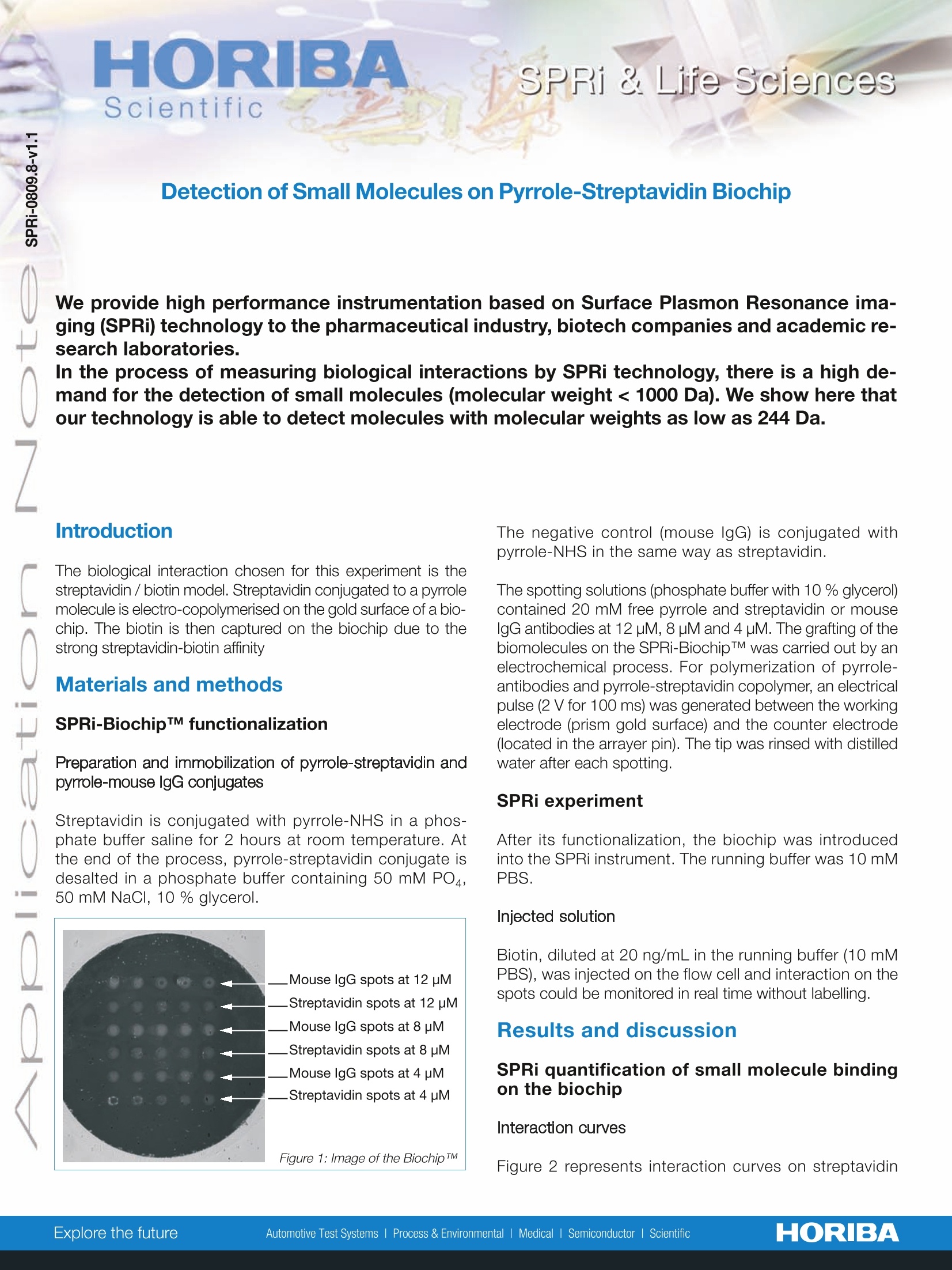
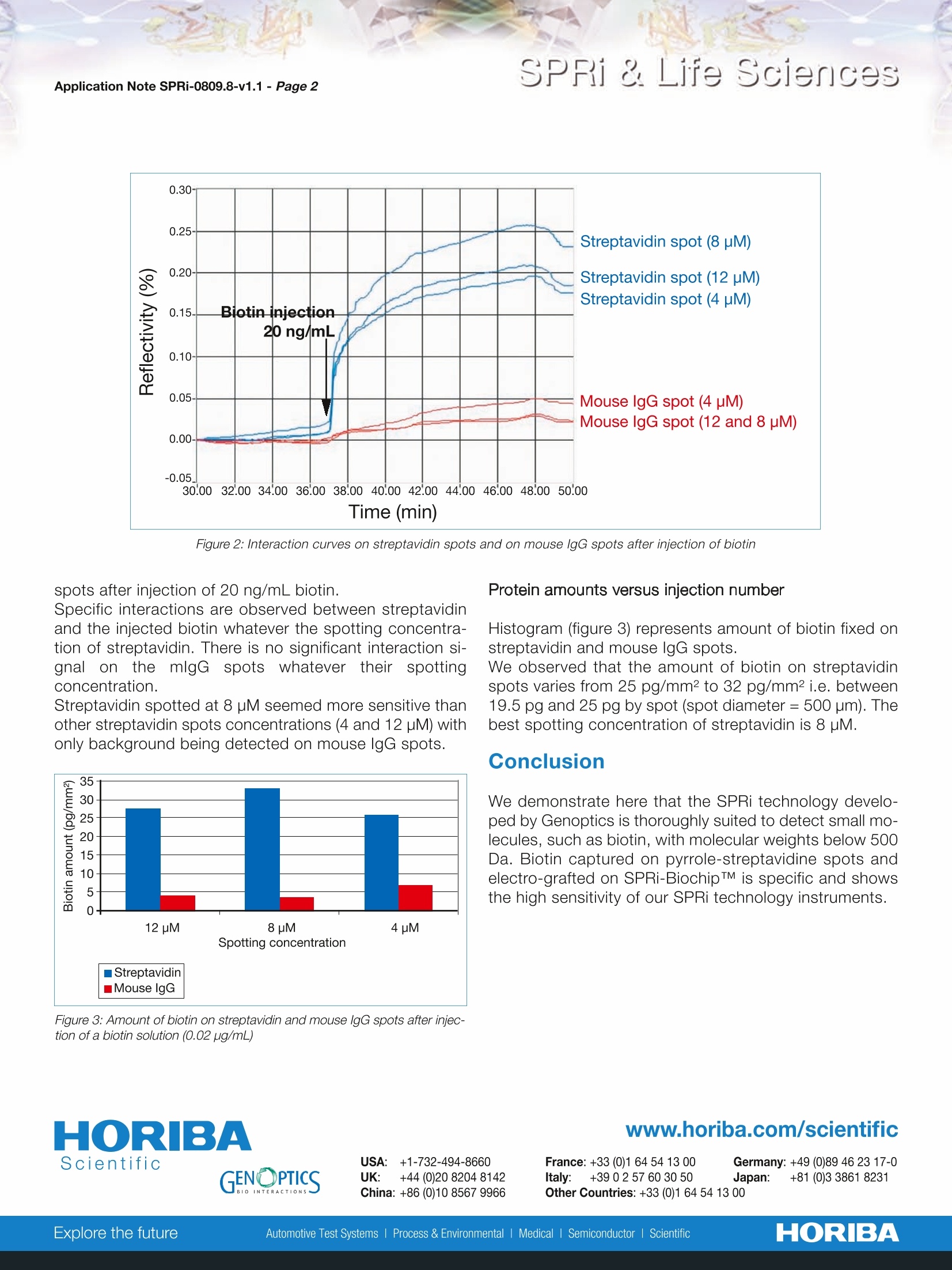
还剩1页未读,是否继续阅读?
HORIBA(中国)为您提供《生物素,链霉亲和素中相互作用,小分子检测方案(大分子作用仪)》,该方案主要用于其他中相互作用,小分子检测,参考标准--,《生物素,链霉亲和素中相互作用,小分子检测方案(大分子作用仪)》用到的仪器有HORIBA OpenPlex表面等离子体共振成像仪
推荐专场
相关方案
更多
该厂商其他方案
更多

